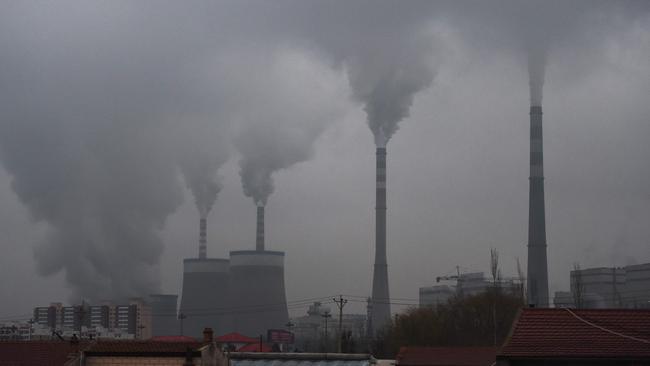
The scathing assessment of poor quality control – and even poorer modelling by Australian government departments – looms as a setback for a market that is popular with institutional investors and increasingly with wealthy private investors.
Claims that one in five carbon credits issued by the government are effectively useless come from the Australian Conservation Foundation which produced the report in conjunction with The Australia Institute.
Investors have been rushing into the carbon credits market as prices surge – the Australian carbon credit price rose 6 per cent last week and has increased by 57 per cent over the year to date to near $26 a tonne. Industry analysis suggest the price could ultimately double from current levels.
Only last week The Australian reported how a globally focused carbon credit fund, Carbon Growth Opportunities Fund, raised five times more than it requested when wealthy Australian private investors subscribed for a final total of $US50m.
Carbon credits are bought and sold in a global market where polluters seek offsets through purchasing units linked with carbon abatement. In Australia carbon credits can also be sold on the open market but the government is the biggest purchaser.
Global investors have already raised questions over the quality of offshore credits, especially in unregulated markets where credits may be linked to projects in less developed economies.
But the new report highlights integrity problems deep inside the Australian market among so-called “avoided deforestation” credits where the government has already bought more than $300m worth of units.
The report concentrates on what appears to be a long running potential sham in this segment where farmers with scrubland initially apply to clear the land and then receive valuable carbon credits in reward for not going ahead with the clearance.
In other words the farmers often get money for doing nothing relating to around two million acres of land while industry and investors pay for credits that represent no activity and certainly no carbon abatement.
Industry players were cautious over the report with the Carbon Market Institute suggesting: “We welcome ongoing scrutiny of emissions reduction … but we disagree with some of the specific assumptions and modelling in the report.”
“Australian carbon credit standards are regarded among the best in the world, though there is always room for improvement,” says Brad Kerin, general manager at the CMI.
According to the ACF report elementary modelling by the government would have shown the volume of “avoided deforestation” applications were suspiciously high. The report says that for the government’s core assumption on deforestation to be true the rate of farm clearances would have to have increased by a minimum of 751 per cent.
Remarkably, the ACF says it has been lobbying the government’s Emission Reduction Fund for over two years to make reforms in the system, but nothing has been done.
The Morrison government is relying on the ERF to deliver a significant portion of the carbon abatement needed to reach its 2030 emissions target.
The UN climate change conference is set to take place in Glasgow on November 1.






Investors in Australia’s booming carbon credit market are regularly paying for “junk credits”, says a new report timed to coincide with the forthcoming Glasgow climate summit where the issue of carbon trading standards is on the agenda.